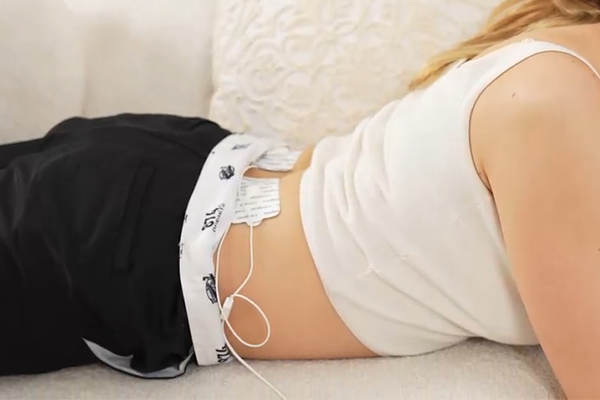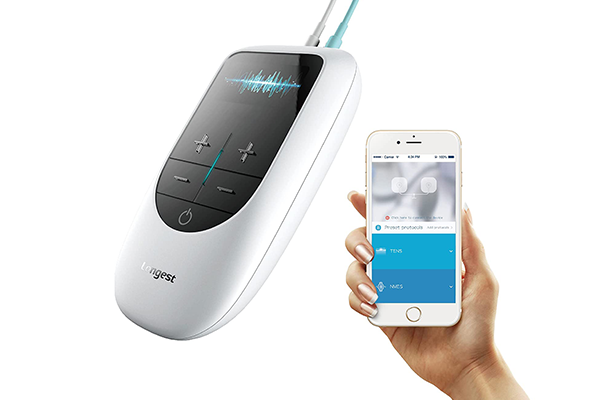Women and Urinary Incontinence
Urinary incontinence is the loss of bladder control. Stress urinary incontinence (SUI) and urge incontinence, also called overactive bladder (OAB) are the two most common types of urinary incontinence.
Key Facts & Figures
- Urinary incontinence affects 200 million people worldwide.
- Urinary incontinence affects twice as many women as men because certain health conditions unique to women like pregnancy, childbirth, and menopause may make urinary incontinence more likely.
- Urinary incontinence can occur at any age, but it is more common among women over 50. More than 4 in 10 women aged 65 and older have urinary incontinence.
- Urinary incontinence is not a normal part of aging, and it can be treated.
Stress Urinary Incontinence (SUI)
Stress urinary incontinence occurs when some physical activities such as jumping, coughing, sneezing, laughing, or exercise increase stress or pressure on the bladder, and the weakened pelvic floor muscles can not support it. Urinary incontinence after giving birth vaginally is common. It may begin during pregnancy and occurs more often after childbirth.
During pregnancy, hormonal and anatomical changes, which stretch the muscles and tissues of the pelvic floor that support the bladder.
Giving birth through the vagina will stretch the pelvic floor for a while and decrease the strength of the pelvic floor muscles. Sometimes, damage to pelvic floor muscles during vaginal delivery also occurs.
Treatment options for SUI
There are various techniques to treat SUI in patients who are attempting to restore function by improving the strength, stamina, and coordination of their pelvic floor muscles.
- Surgical Treatment
Sling surgery is the most common surgical treatment used worldwide for SUI. In the procedure, a sling is permanently implanted to support the urethra or bladder neck in order to correct SUI. However, surgical treatment is invasive and requires a period of time for care and recovery and usually is expensive.
It is recommended to consider surgical treatment when:
1) The symptoms and the effect of SUI severely affect daily life.
2) Recurrence of SUI due to vaginal delivery
- Non-surgical Treatment
1. Pelvic floor exercises: the exercises are to strengthen the pelvic floor muscles to support the bladder and hold the urine longer
2. Pessary: a removable device that is inserted into the vagina against the vaginal wall and urethra to support the bladder neck. This helps reposition the urethra to reduce SUI
3. Transurethral Bulking Agents: Collagen injections around the urethra that make the space around the urethra thicker, thus helping to control urine leakage. The effects may not be permanent.
Overactive Bladder (OAB)
Overactive bladder or called urge incontinence is when your bladder isn’t full but you still feel a strong urge to urinate. With OAB, urine leakage usually happens before you can get to a bathroom. Overactive bladder can result from physical problems including damage to the brain, the spine, or the nerves extending from the spine to the bladder – for example, from an accident, diabetes, or neurological disease.
Treatment options for OAB
Many people living with OAB don’t ask for help because they don’t know how to talk with their health care provider about their symptoms, or they think there aren’t treatments that can help. In fact, there are many treatments that can help.
- Surgical Treatment
Surgery is rarely used to treat urgency incontinence. However, if it is severe and refractory, augmentation cystoplasty, or bladder enlargement, can be considered.
- Surgical Treatment
1. Medication. In some cases, medication has proven to be effective. But there can be side effects, such as memory loss, water retention, constipation, etc.
2. Pelvic floor muscle exercise. The bladder can be trained to hold urine for longer periods of time by improving the strength of pelvic muscles that support the bladder.
3. Nerve Stimulation. In OAB, the nerve signals between your bladder and brain do not communicate correctly. Nerve stimulation treatment is to send electrical pulses that help the brain and the nerves to the bladder communicate so the bladder can function properly and improve OAB symptoms.
Solutions
Non-invasive, Easier to use, and safe solutions to improve bladder function and treat urinary incontinence effectively. And, it is much more affordable and convenient.
Nerve Stimulation
The tibial nerve is a mixed nerve that originates in the L5-S3 nerve roots, which are the same roots that innervate the parasympathetic pathway of the bladder (S2-S4). Thus, it is suggested that direct stimulation of the tibial nerve (TTNS) could inhibit the S2-S3 afferents, thereby decreasing detrusor hyperactivity. Another electrotherapy technique used in clinical practice is parasacral transcutaneous electrical stimulation (PTES), which uses a low-frequency current through transcutaneous electrodes in the sacral region (S3), with the aim of promoting an inhibitory reflex for detrusor muscle inhibition and a consequent reduction in urgency.
Application Guidance
- Pad placement: lumbosacral and/or tibial nerve region
- Intensity: 10Hz
- Pulse width: 200μs
- Intensity: adjust according to the comfort level
- Treatment time: 20min a session, 2 sessions a weak

More Information
Have a question? Talk to us
If you have any questions, please submit the form below and we will get back to you shortly.


